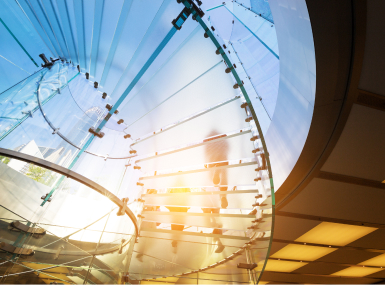Behavioral Health Conditions Reach Crisis Levels: Counties Urge Stronger Intergovernmental Partnership and Outcomes

Upcoming Events
Related News
Counties are facing an acute escalation of the mental and behavioral health crisis. In a recent NACo survey, 75 percent of counties reported an increase in the incidence of behavioral health conditions over the past year and 89 percent reported an increase compared to five years ago. While counties work to respond, the financial and human cost of behavioral health is compounding across all county systems: 80 percent of counties indicated that they incurred associated costs in the legal system (courts and jails), 77 percent in law enforcement and 54 percent in the health system and hospitals.
Counties are integral to the local behavioral health system of care, investing $163 billion each year in community health, hospitals and social services, as well as $107 billion in justice and public safety systems. In at least 33 states, counties may provide traditional behavioral health services, but county leaders in every state are confronting the need to innovate when it comes to mental health, whether in county courts, jails, juvenile justice systems, hospitals, parks, libraries, housing and homelessness services or other service areas – especially other services to youth.
Despite the severity of the crisis and its strain on our resources, counties across the nation are: (1) Persevering in expanding direct or indirect behavioral health service systems to care for our residents, and (2) Advocating for federal and intergovernmental policies that support our goal of serving residents and addressing the mental and behavioral health crisis.
Featured Initiative
NACo Commission on Mental Health and Wellbeing
(2023-2024) Counties increasingly handle direct mental health service. NACo’s Commission on Mental Health and Wellbeing developed reports and united county leaders to address the mental health crisis through key policy priorities.






